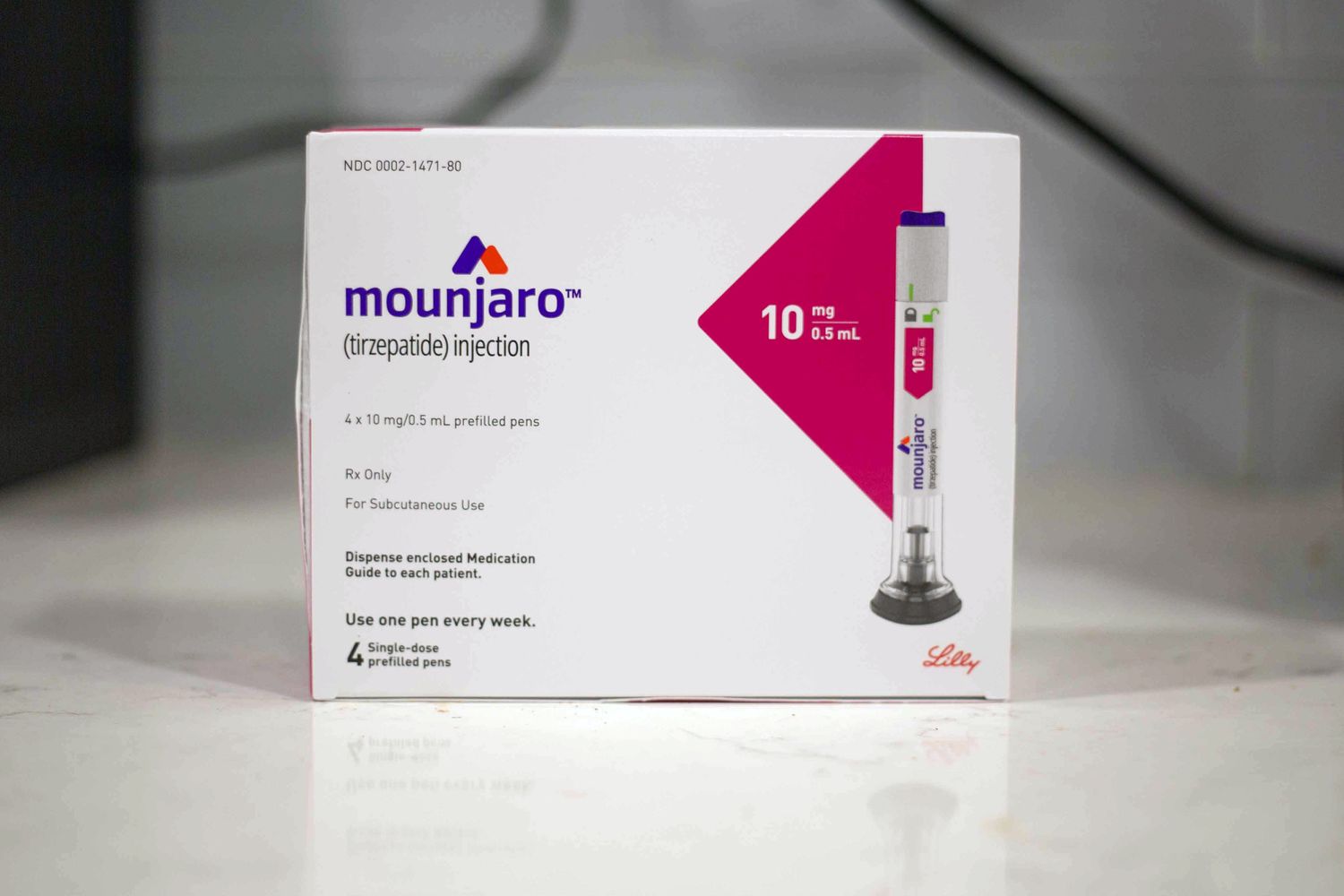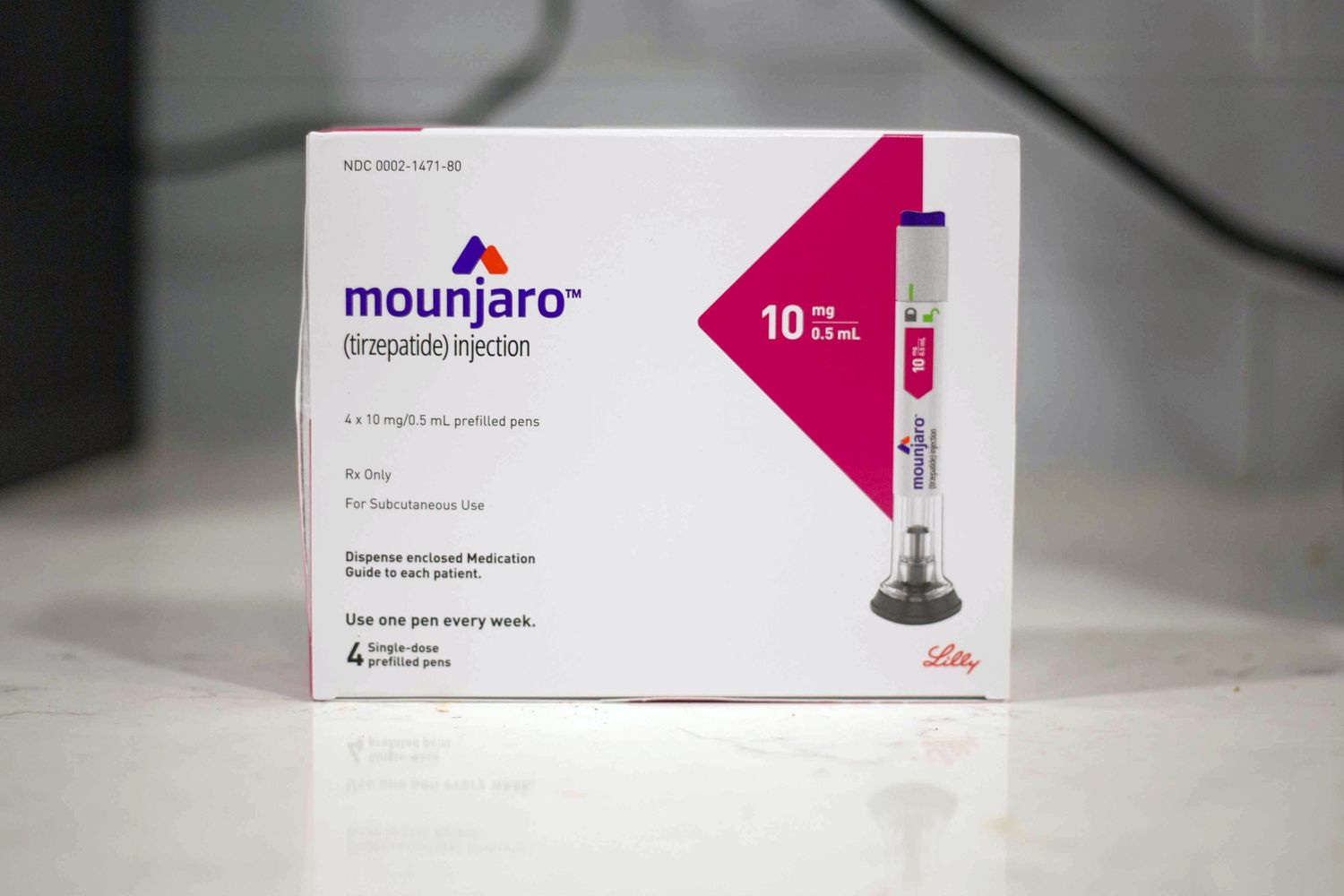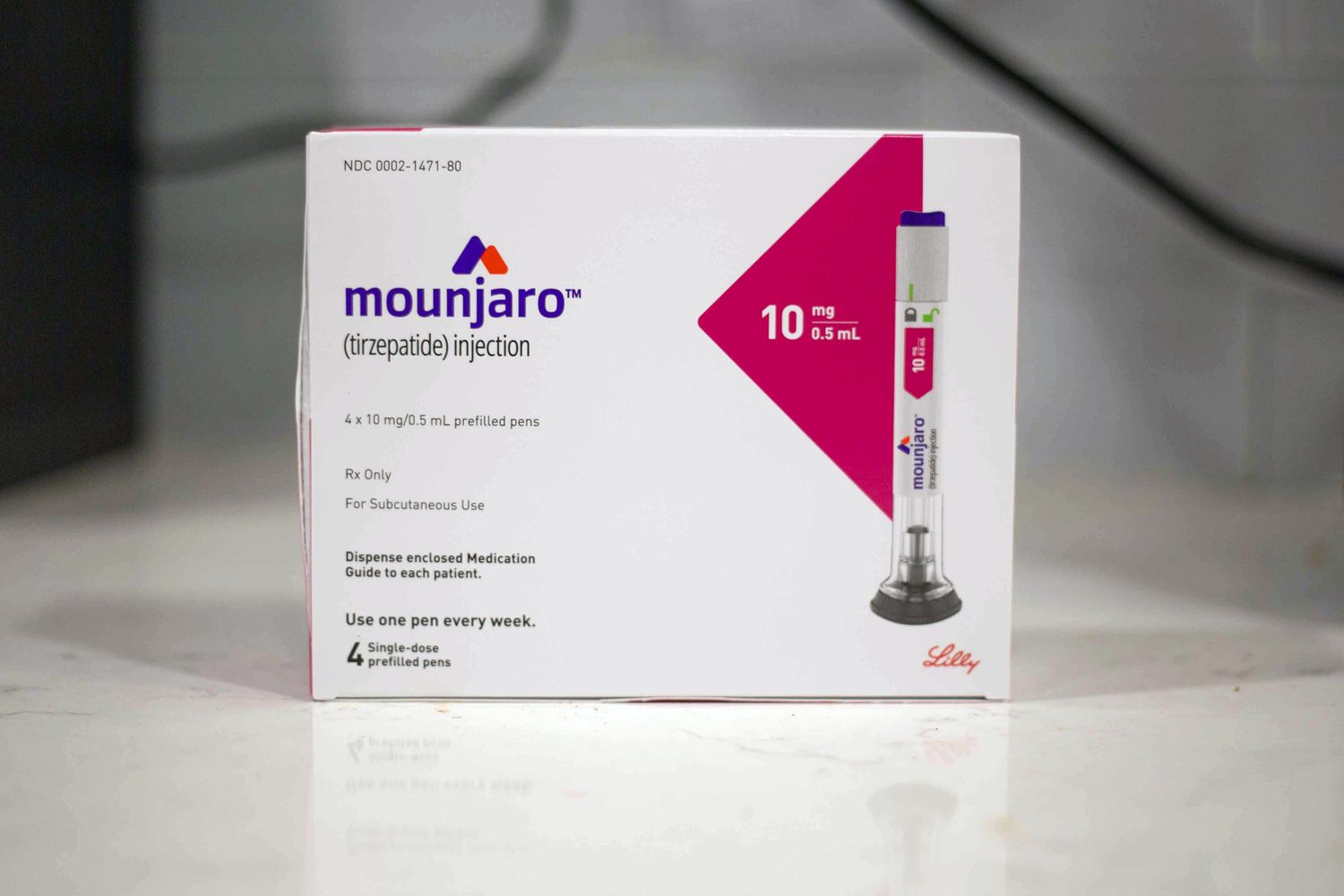mounjaro vs ozempic
mounjaro vs ozempic
Discover the key differences between Mounjaro and Ozempic, two effective medications for managing type 2 diabetes. Learn about their mechanisms of action, efficacy in lowering A1C levels, administration methods, and potential side effects. With Mounjaro being a dual agonist targeting both GIP and GLP-1 receptors, and Ozempic focusing solely on GLP-1, this comparison highlights essential factors for healthcare providers and patients in making informed choices. Both medications not only help control blood sugar but also support weight management, making them popular options among those with type 2 diabetes.
Description
mounjaro vs ozempic
Mounjaro vs Ozempic: A Comprehensive Comparison
Overview of Mounjaro and Ozempic
Mounjaro and Ozempic are two pharmaceutical agents widely recognized for their efficacy in managing type 2 diabetes. Mounjaro, generically known as tirzepatide, is a novel medication that operates as a dual agonist, targeting both the glucagon-like peptide-1 (GLP-1) and glucose-dependent insulinotropic polypeptide (GIP) receptors. This dual action facilitates improved glycemic control by enhancing insulin secretion and reducing glucagon levels in a glucose-dependent manner. Approved by the FDA in May 2022, Mounjaro represents a significant advancement in diabetes treatment.
On the other hand, Ozempic, whose active ingredient is semaglutide, is a well-established GLP-1 receptor agonist that has been used since its FDA approval in December 2017. Ozempic works primarily by mimicking the effects of the GLP-1 hormone, leading to enhanced insulin secretion in response to elevated blood sugar levels, decreased glucagon release, and a reduction in appetite. This medication is utilized not only for glycemic control but also for weight management in patients with type 2 diabetes.
Both Mounjaro and Ozempic are administered through subcutaneous injections, typically once weekly. Patients are often drawn to these medications not just for their blood sugar-lowering capabilities, but also for their potential to induce weight loss, a common challenge faced by those with type 2 diabetes. However, it is crucial to be aware of the potential side effects associated with these treatments. Common adverse effects can include gastrointestinal issues such as nausea, vomiting, and diarrhea, among others. Understanding these details is essential for healthcare providers and patients as they consider their choices in diabetes management, paving the way for a more detailed comparison of these two treatments in the subsequent sections of this post.
Comparative Analysis: Efficacy, Administration, and Drug Class
Mounjaro and Ozempic are both medications used in the management of type 2 diabetes, yet they belong to different drug classes and exhibit distinct mechanisms of action. Mounjaro, with the generic name tirzepatide, is classified as a GIP and GLP-1 receptor agonist, while Ozempic, known generically as semaglutide, is specifically a GLP-1 receptor agonist. This fundamental difference plays a crucial role in their efficacy and overall effectiveness in lowering A1C levels.
Clinical studies have demonstrated that both Mounjaro and Ozempic are effective in reducing A1C levels, which is a critical marker for diabetes management. Research indicates that Mounjaro may provide a superior reduction in A1C compared to Ozempic, with some studies reporting a greater percentage decrease in those receiving Mounjaro treatment. For instance, a pivotal trial revealed that participants on Mounjaro achieved A1C reductions exceeding those observed in the Ozempic group, suggesting enhanced glycemic control among users of Mounjaro.
In terms of administration, both medications are injected, but they differ in dosing frequencies. Mounjaro is typically administered once weekly, which aligns with the convenience sought by many patients. Conversely, Ozempic is also given once a week but at a different dosage schedule that may necessitate additional adjustments. Both medications are provided in pre-filled pens, offering straightforward administration, yet the differences in dosing can impact patient compliance and preference.
Overall, while Mounjaro and Ozempic are effective in managing type 2 diabetes, their differences in drug classification, mechanism of action, dosage frequency, and clinical efficacy warrant careful consideration. Understanding these distinctions can aid healthcare providers and patients in making informed therapeutic choices tailored to individual health needs and preferences.
Ozempic vs Mounjaro: At a Glance
| Feature | Mounjaro (Tirzepatide) | Ozempic (Semaglutide) |
| Primary Use | Type 2 Diabetes Management and Weight Loss | Type 2 Diabetes Management |
| Licensed for Weight Loss | Officially approved for weight loss in the UK | Not officially approved for weight loss in the UK |
| Mechanism of Action | Dual Action: GLP-1 and GIP receptor agonist | GLP-1 receptor agonist |
| Dosage Schedule | Weekly injection increased every four weeks, max dose of 15mg | Weekly injection increased every four weeks, max dose of 2mg, but only if it can’t manage your blood sugar levels well enough at a low dose |
| Side Effects | Nausea, diarrhoea, vomiting, constipation | Nausea and diarrhoea |
| Cardiovascular Benefits | Not yet shown to reduce cardiovascular risks | Reduces risk of heart attacks and stroke |
| Cost | Higher compared to Ozempic | Lower than Mounjaro |
| Regulatory Status | Approved for both diabetes and weight loss | Approved for diabetes, off-label for weight loss |










Reviews
There are no reviews yet.